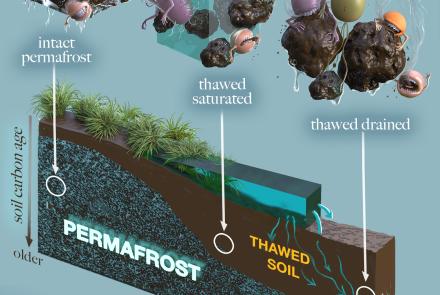Mammoths and Mastodons
Cave drawings of mammoths prove that these extinct mammals coexisted with man, and it is virtually certain that mastodons did also. It seems likely that human beings killed off both species perhaps 8,000 to 10,000 years ago, but there may have been other reasons for their extinction. Both mammoths and mastodons existed in Alaska; the remains of mammoths are found frequently--mastodon finds are relatively rare.
The woolly mammoth found in Alaska was up to 9 1/2 feet tall at the shoulder, it had a high humped head and a downward slope to the back, the hind quarters being rather small. The tusks curled upward in circular fashion and the teeth were fairly flat and formed of alternating vertical platelets of ivory and bone. Mammoths ate grasses and spruces--it is said that one could consume 300 pounds of spruce a day. Though stocky, the mastodon was more elongated in structure. He had a low forehead and tusks that curved mainly forwards. The molar teeth were cusped rather than flat.
In 1937, in the mucks at Ester more than 100 young mammoth teeth were found in an area a few yards across, together with burned bones and two man-made artifacts. Also a broken tool point was found frozen against a portion of a mastodon skull. Finds such as these seem to prove that early residents of the Fairbanks area ate mammoth and mastodon flesh. However, archaeologists investigating the finds did not make such a strong claim.



